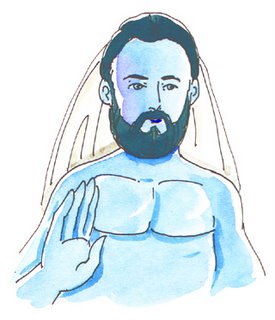
Dharma-Artha-Kama-Moksha.
The aim of man’s life was described in Vedic period as Purushartha, a four fold principle consisting of Dharma [Justice], Artha [Material Prosperity]. Kama [Satisfaction of emotional interests] and Moksha [Salvation]. The individual must live according to Dharma-Justice, must earn wealth in an honest way, must satisfy all the emotional needs without which his personality, would be incomplete and finally he must attain Moksha.
To achieve the ideal, it was essential that the individual be trained to restrain himself, work hard, to serve society and observe all the duties according to social ethic. In brief every individual must try to be a useful citizen, contributing his best to social welfare. For this purpose the plan of society, i.e., the Varna system was created, and to prepare the individual for this purpose the Ashrama system was developed.

ASHRAMA SYSTEM.
The hundred year span of life was divided in four equal Ashrama’s or Stages, each being served for specific functions. The first one was the period of “Brahmacharya” reserved for education and training and play.
The second stage was “Grihasthashrama” the most important, from the social point of view. Here the individual married, maintained the house-hold, shouldered the family responsibilities and served the community by co-operating in civic affairs. Hospitality, Charity, religion and rituals were practiced. He must work and produce wealth. The individual must fulfill obligations to his family. But during all these twenty five years, he must prepare himself for next Ashrama, i.e., retirement. Thus the individual was required to do his duty with a sense of detachment.
The third Ashrama, Vanaprastha, was the period of retirement. The individual should at 50 retire to the jungle leaving property, family and responsibilities to his sons. Here again, he must spent his life in the study and teaching of religion and philosophy. By practice of meditation and detachment, he should prepare himself for the last Ashrama-Sanyasa. This Ashrama is one of complete renunciation. The individual indicates himself to the service of God and Society. He wanders place to place teaching, preaching, reforming and serving. This was the four systems of Ashrama of the ancient Hindu Vedic period.
[Baratha Bhoomi will continue.]











